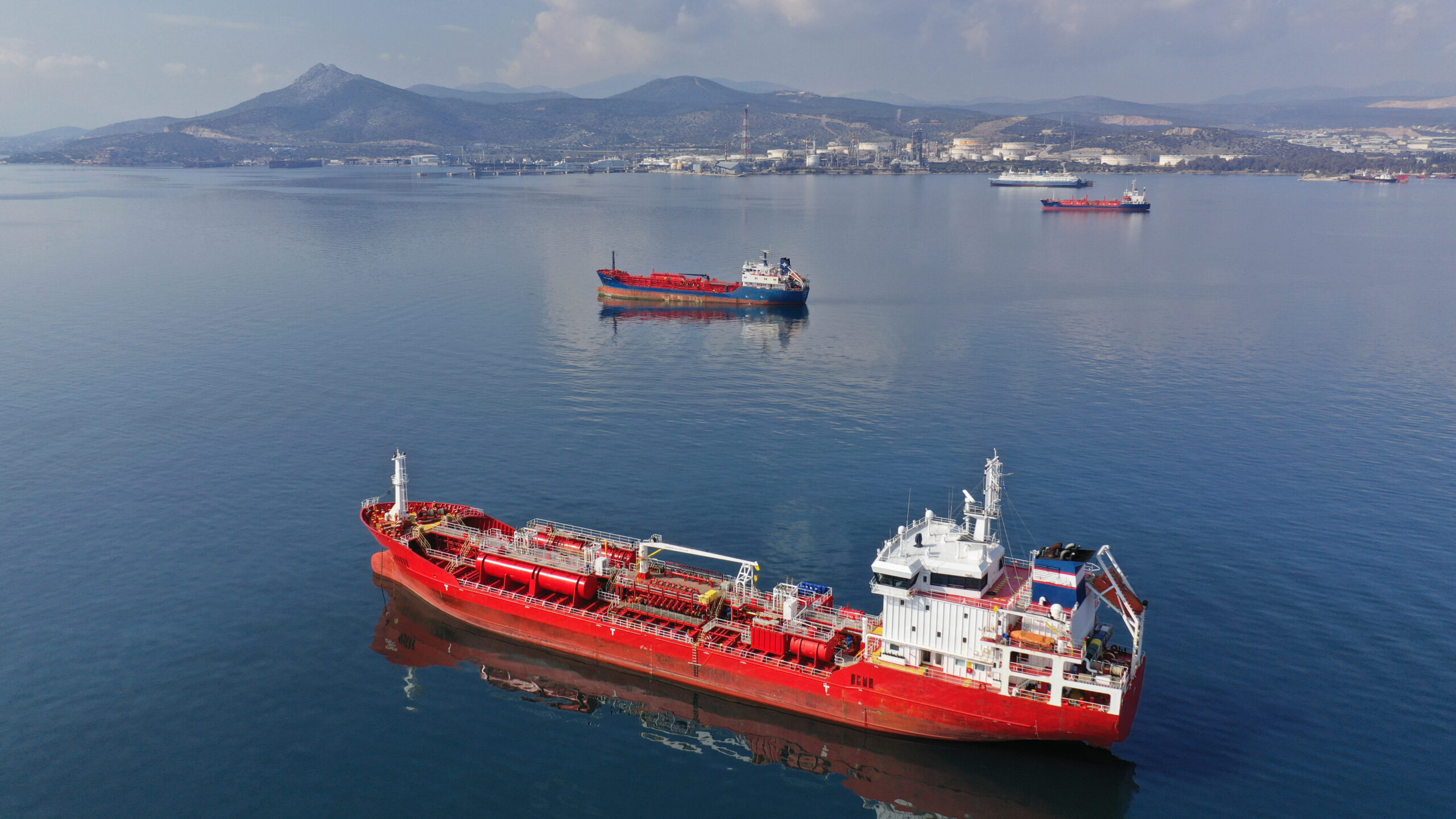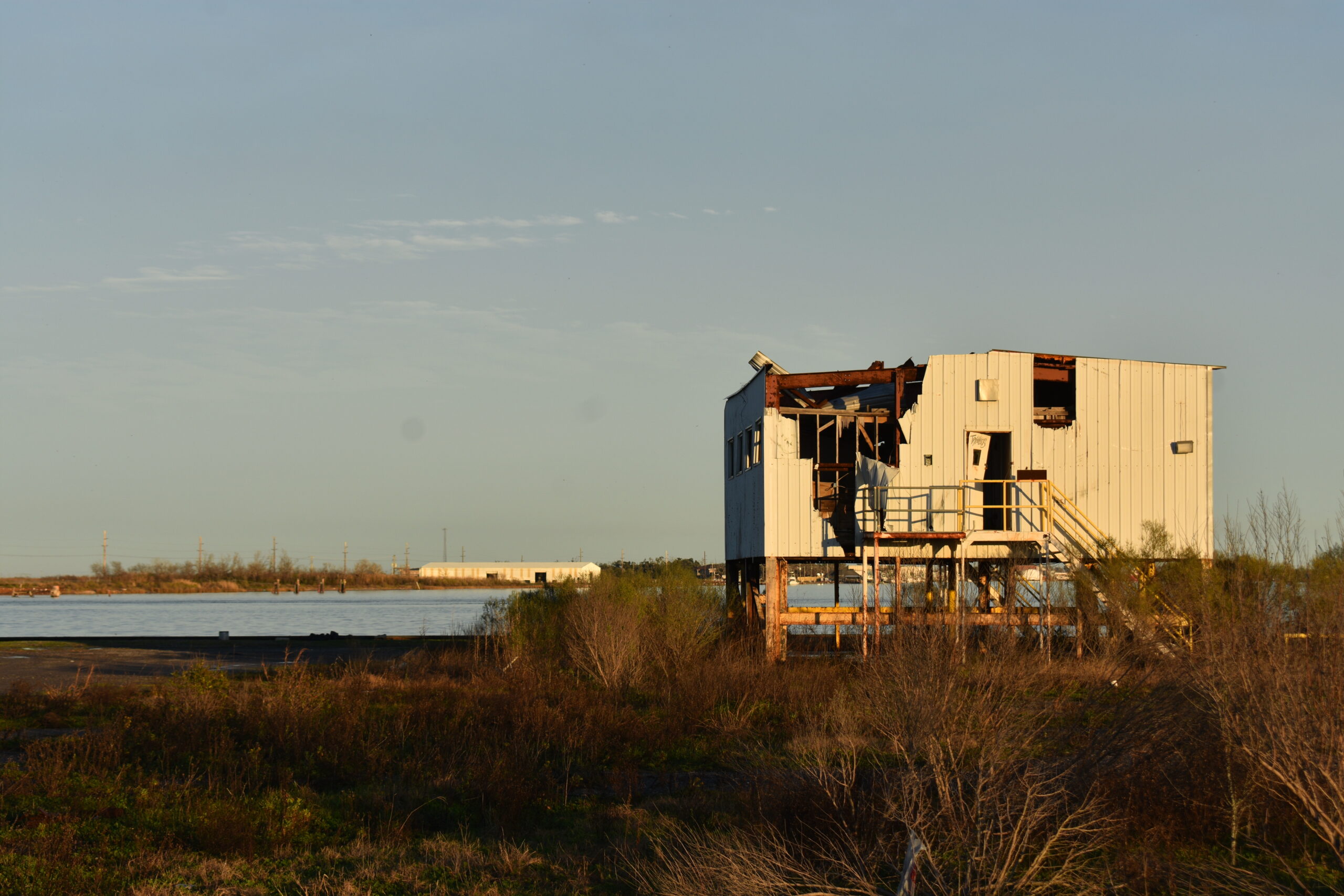TotalEnergies wedded to fossil fuels despite net zero pledges
Critics say the oil major is prioritising short-term profits over long-term global net zero goals.

French energy major TotalEnergies will remain firmly focused on its LNG and oil portfolio expansion as part of its strategy to 2030 which it unveiled last week.
The company, a leading exporter of US LNG, is projecting a 40% growth in LNG production to 2030 to nearly 25 Mt/year, of which 3.5 Mt/year will come from its investment in Qatar’s North Field East and North Field South.
Other key LNG projects include Cameron phase 2 in the US, estimated to bring 2 Mt/year from 2027, Papua LNG in Papua New Guinea (around 2 Mt/year) and Mozambique LNG (around 3 Mt/year).
LNG sales are projected to rise 3% a year to 40 Mt/year in 2027.
LNG imports across the EU, UK and Norway region have the potential to rise to around 100 Mt/year, roughly 25% of global demand, from 2023 in a scenario with no Russian supplies and with a 3% a year decline in demand. the company said.
“LNG is becoming the cornerstone of energy security in Europe” Helle Kristoffersen, president, strategy and sustainability said, adding that “the European crisis demonstrates the critical role of gas in the energy transition.”
At the same time, “there is no future with Russia” in the company’s strategy, the CEO Patrick Pouyanne said.
The company has been criticised previously for the decision to not sever its ties with Russia, which include stakes in Novatek, Yamal LNG and Arctic LNG 2 amid the Ukraine war.
The strategy shows that from 2027 Russian fossil fuels are being excluded from its projected sales and production growth.
Total Capex is set to reach $14-18 billion/year, of which two-thirds is in oil, LNG and natural gas, and the remaining in renewable and electricity grids as well as low carbon fuels such as hydrogen.
Oil production will continue to be focused on low-cost projects of below $20/barrel.
For renewables, it is targeting reaching 100 GW capacity and 150 TWh/year of production by 2030.
Overall, it is expecting global installed renewable capacity to increase by 3,500 GW to 5,000 GW by 2030, led by Europe and US solar, which account for 40% of the increase.
This will continue to “create tensions in terms of prices” amid a “trend for electricity (prices) to go higher” due to the increase in intermittent energy supply, Pouyanne said, adding that against that backdrop the company is “benefitting from the volatility of power markets.”
Renewed focus on fossil fuels
In its energy outlook also presented last week, the company modelled a scenario in which new oil and gas investments are needed until at least the mid-2030s to satisfy customer demand.
The short-term trajectory of global energy demand is incompatible with global decarbonisation targets and more efforts are needed globally, including an accelerated electrification of energy systems, to maintain global warming below the 2C degrees threshold, Kristoffersen said.
At the same time, additional investments of around $100 billion/year to 2030 to exceed $400 billion/year are needed to rebalance markets, she said.
While the company is maintaining unchanged its net zero target to 2050, it also said its Scope 1 and 2 net emissions target – currently at below 40 Mt – and Scope 3 world-wide emissions and oil emissions targets to 2025 are under review amid a need to ensure stable fossil fuel supplies in a tight global market.
The renewed focus on fossil fuels despite decarbonisation goals “is a short-term view that will have a knock-on effect on the climate crisis,” Ana Maria Jaller-Makarewicz, energy analyst at IEEFA Europe told Gas Outlook.
“It seems obvious that TotalEnergies is prioritising the short-term profits of investors over long-term global sustainability goals.”
“The current energy crisis has created a market where the seller has an advantage over the buyer, because demand is outstripping supply” she said, adding that: “Total wants to exploit this ‘seller’s market’ by investing heavily on production projects that are against the Paris agreement’s goal” of limiting global warming to well below 2°C, and preferably to 1.5°C, compared to pre-industrial levels.
Rising energy prices have resulted in higher cash flow for the company, which is now aiming to reach net zero debt by mid-2023.
Overall, the global upstream sector is set to generate up to $1.5 trillion in surplus cash by 2030, 70% of which will potentially be generated by 2024, according to a report by Deloitte published in August.
The additional money could go towards funding both low-carbon and core oil and gas investments, it said.
TotalEnergies is also targeting investments of $300 million/year in CCS, which it sees as a central element of its energy outlook scenario for both reducing emissions from its own assets and for targeting scope 3 emissions.
Overall, it plans to abate more than 10 Mt/year of emissions through CCS systems.
However, the economic viability of CCS projects is being increasingly questioned by experts globally.
“Studies have concluded that CCS projects pose great technological and financial risks” Jaller-Makarewicz said.
“CCS is an unproven, uneconomical, and unwise technology meant to generate more profits for oil and gas interests… It’s a fig leaf for the fossil fuel status quo at a time when we need a renewable energy transition” she said.
A study published in September by the IEEFA on 13 major CCS projects worldwide, accounting for over half of total capacity, found that seven underperformed, two failed and one was mothballed.
The study, entitled The Carbon Capture Crux – A Lesson Learned, said Shute Creek in the US underperformed its carbon capture capacity by around 36% over its lifetime, Boundary Dam in Canada by about 50%, and the Gorgon project off the coast of Western Australia by about 50% over its first five-year period.
“Governments globally are looking for quick solutions to the current energy and ongoing climate crisis, but unwittingly latching onto CCS as a fix is problematic” author Bruce Robertson said.



